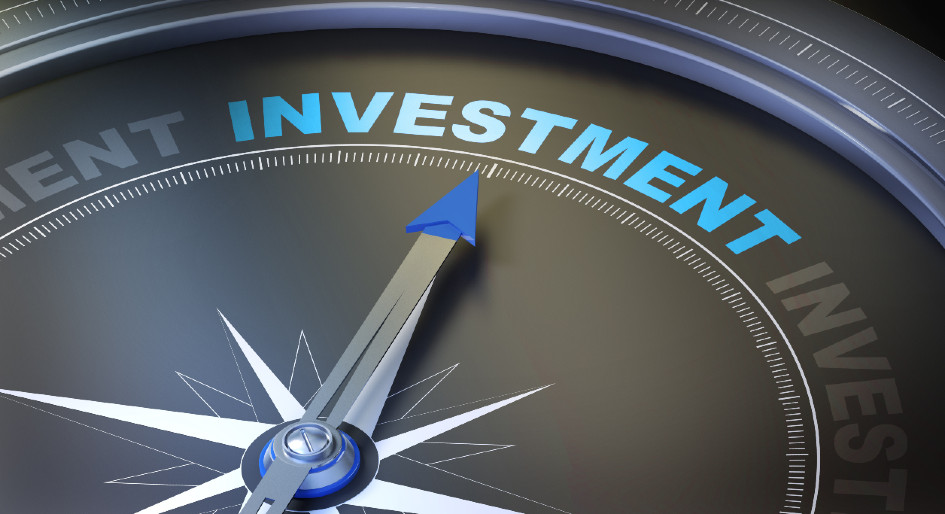Hotel investment volume surpassed pre-pandemic levels in the first half of 2023. Colliers Canada’s newly released stats for the second quarter also show gains in occupancy levels and revenue per available room (RevPAR) compared to the spring of 2019.
More than $1 billion worth of hotel deals were completed between January 1 and June 30 this year with about 70 per cent of those occurring in the second quarter. In total, 77 hotels traded, a 38 per cent increase over the first half of 2022. In contrast with trends during the grip of COVID, only about 10 per cent were purchased for conversion to other uses. The normalized average price per room — i.e. for those remaining as hotel accommodations — sits at $192,100, equating to a 32 per cent year-over-year gain.
Eight of 10 provinces (excepting Prince Edward Island and Newfoundland and Labrador) have seen transactions thus far this year, with the largest share of deals occurring in Ontario (35) and British Columbia (19). However, a smaller number of big-ticket sales in Alberta represent 23 per cent of total investment value. The nine transactions there encompassed 972 rooms and collectively tallied $244 million for a normalized average price per room of $269,500.
Quebec’s eight deals account for another 15 per cent of H1 investment value, comprising a total 1,023 rooms and an normalized average price per room of $154,400. Looking east, there were two transactions in each of New Brunswick and Nova Scotia, while, looking west, Saskatchewan and Manitoba each chalked up one deal.
Major sales during the second quarter include the $110-million transaction for the 77-room Hazelton in Toronto and the $170-million trade for the 330-room Rimrock Resort Hotel in Banff. As well, InnVest Hotels acquired the historic Algonquin Resort St. Andrews by-the-sea in New Brunswick for an undisclosed price.
The national occupancy rate nudged slightly above 63 per cent for the first half of the year, up 920 basis points (bps) from the same period in 2022 and 80 bps above the first six months of 2019. RevPAR is pegged at $189 for H1 2023, versus $164 for H1 2022 and $159 for H1 2019.
Colliers analysts point to “remarkable increases in average daily rates” as a prime reason for the gain, along with a pickup in domestic and cross-border travel. Canada’s steady population growth and governments’ efforts to promote tourism are also tagged as positive influences.
“This strong bounce is acting as a catalyst for investment sales, both closed and in the pipeline,” they contend. “Despite new interest rate realities, upwards pressure on cap rates has been mitigated by significantly improved in-place cash flows and greater visibility into future operating performance.”
Meanwhile, in the larger picture, JLL pegs global hotel investment volume at USD $20.6 billion (CAD $27.6 billion) for 652 transactions during the first six months of this year. Both figures show a slip from 2022, which was one of the most active years for trades in history. Yet, drilling down to 2023 sales of full-service hotels — accounting for 54 per cent of single-asset transactions — the first half delivered the second-highest ever average price per room at USD $405,000 (CAD $542,700).
Canada does not figure in the most active North American markets for transactions. In fact, the top three — New York City, Fort Lauderdale and San Antonio — all recorded investment sales volume in excess to the entire Canadian market, ranging from USD $1 billion (CAD $1.34 billion) to USD $844 billion (CAD $1.13 billion). However, Toronto is highlighted among 14 identified international “gateway” cities for an above-average gain in RevPAR relative to 2019.
For the first six months of this year, Toronto is 19 per cent ahead of the first half of 2019, the best performance of the three North American destinations cited. Paris and Rome top the list, with gains of 47 and 46 per cent respectively. New York and Los Angeles both fall below the 11 per cent average for the group, and LA is one of four cities, along with Beijing, Tokyo and Hong Kong, where RevPAR still trails 2019 levels.






